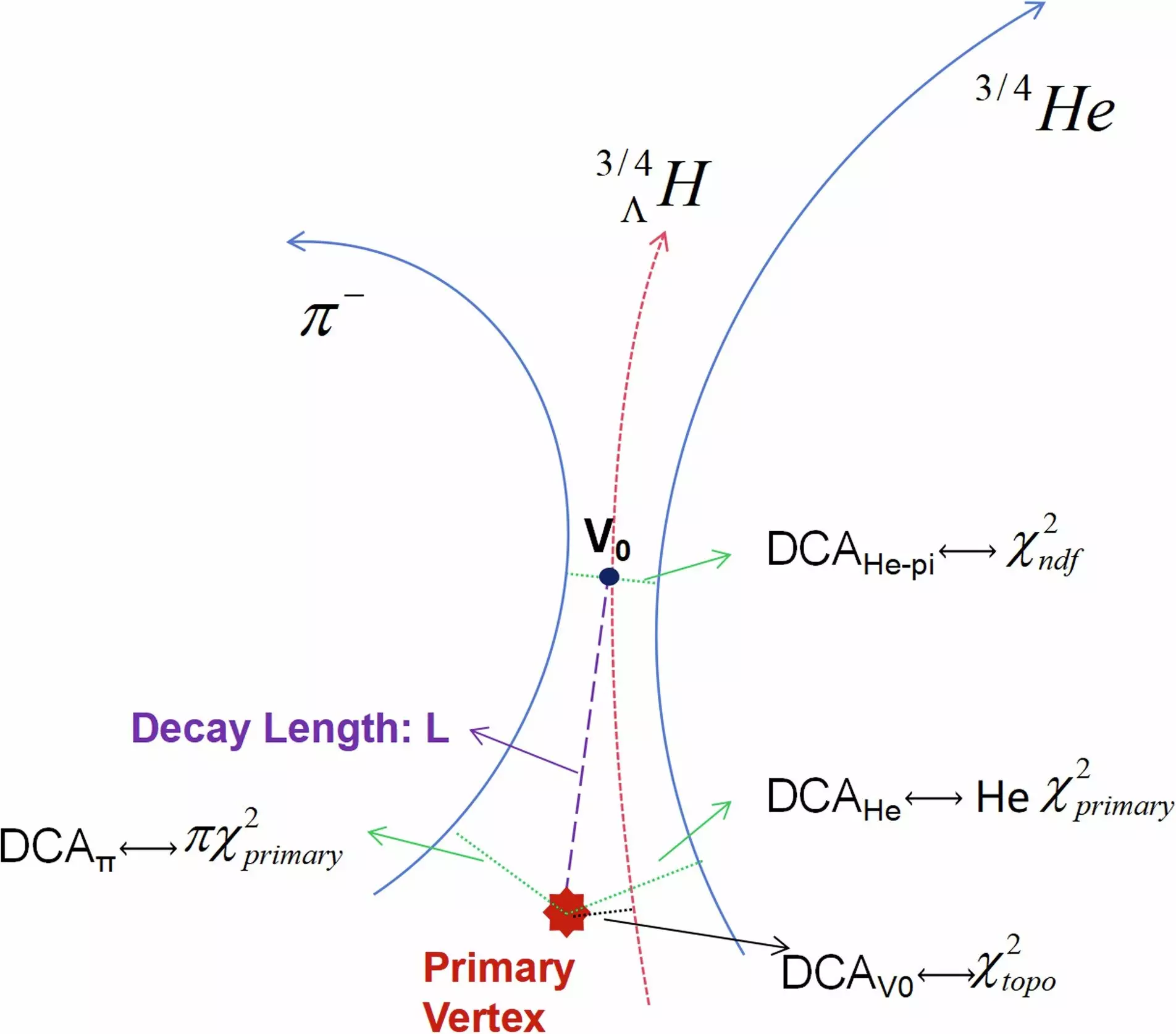Antimatter, a concept less than a century old, has intrigued physicists and scientists around the world due to its elusive nature. In experiments conducted at the Brookhaven National Lab, an international team of physicists recently made a groundbreaking discovery by detecting the heaviest “anti-nuclei” ever observed. These antimatter particles, composed of exotic elements, shed light on the properties and production rates of antimatter. Furthermore, this discovery has significant implications for our understanding of not only antimatter but also for the hunt for another mysterious substance known as dark matter.
The recent results from the STAR experiment at the Relativistic Heavy Ion Collider have provided valuable insights into the world of antimatter. By colliding heavy elements at high speeds, scientists were able to recreate the conditions of the universe mere milliseconds after the Big Bang. This collision process generated a plethora of particles, including short-lived entities called pions. However, amidst these particles, researchers were able to identify a unique hypernucleus made entirely of antimatter, dubbed antihyperhydrogen-4. This antihypernucleus, consisting of one antiproton, two antineutrons, and an antihyperon, represents the heaviest and most exotic antimatter nucleus ever detected.
Antimatter, while captivating on its own, also offers tantalizing connections to another enigmatic substance known as dark matter. Observations have revealed that dark matter permeates the universe at a significantly higher prevalence than normal matter. Although direct detection of dark matter remains elusive, some theories suggest that collisions between dark matter particles could produce bursts of antimatter particles. This hypothesis underscores the intricate relationship between antimatter and dark matter, opening up new possibilities for exploration and discovery.
Through meticulous comparisons between the characteristics of hypernuclei and their antimatter counterparts, scientists have been able to validate existing theories regarding the properties of antimatter. The lifetimes and masses of these antihypernuclei closely align with Dirac’s theory, further solidifying our understanding of antimatter particles. Moreover, experiments like the one conducted at the STAR facility allow for the calibration of theoretical models that predict the production of antimatter in collisions of normal matter. This calibration process is crucial for advancing our knowledge of antimatter and its role in the universe.
Despite significant advancements in our understanding of antimatter over the past century, one perplexing question remains unanswered: why is antimatter so scarce in the observable universe? The discrepancy between the expected abundance of antimatter and the predominantly matter-filled universe continues to baffle researchers. Ongoing experiments at facilities like the Large Hadron Collider in Switzerland aim to unveil the elusive properties of antimatter and potentially unravel the mystery of its scarcity in the cosmos. As scientists delve deeper into the realm of antimatter, new discoveries and insights may emerge, reshaping our grasp of this enigmatic cosmic entity.
The quest for antimatter in the universe represents a captivating journey filled with scientific intrigue and unanswered questions. Through cutting-edge experiments and theoretical investigations, researchers are slowly unraveling the mysteries surrounding antimatter and its role in the cosmos. The recent detection of the heaviest antimatter nucleus serves as a testament to humanity’s relentless pursuit of knowledge and understanding in the realm of particle physics and astrophysics. As we continue to explore the realms of antimatter and dark matter, the boundaries of our comprehension of the universe are pushed ever further, promising new revelations and insights in the years to come.



Leave a Reply